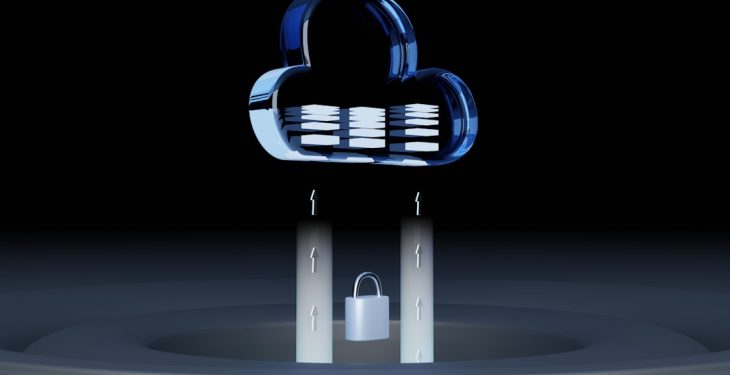There comes a time when you might want to hand over your WordPress site. Maybe you’re selling it. Maybe you’re giving it to a friend. Or maybe you’re done blogging and want someone else to keep it going. Whatever the reason, transferring ownership isn’t hard—but it does need to be done carefully.
Let’s walk you through how to safely and securely hand over your WordPress website without losing sleep or data.
Why Ownership Transfer Matters
When you own a WordPress site, you probably have access to:
- The WordPress admin dashboard
- Hosting account
- Domain name
- Email accounts
- Payment systems
- Third-party services & APIs
If you hand over a site but still have access to all these things—you’re still legally and technically in control. That’s not cool for the new owner or you.
Step 1: Back It Up
Always, always make a backup. Even if you trust the person, things can go wrong.
Use plugins like:
- UpdraftPlus
- BackWPup
- Jetpack Backup
Store your backup on cloud services like Google Drive or Dropbox. Or just download it to your computer.
If something weird happens, you’ve got a copy safe and sound.

Step 2: Create a New Admin User
Go to your WordPress dashboard and do this:
- Click on Users → Add New
- Create a new username for the new owner
- Use their email address
- Set the role to Administrator
This gives them full access to the site—without giving away your login.
Tell them to log in and change the password right away. Once they do, you can delete your own account or change your role to Subscriber.
Step 3: Transfer the Hosting Account
This one’s important. Your website lives on your host’s server. If you don’t transfer it, you’re still the landlord.
Here’s what to do:
- Contact your hosting provider
- Update the account owner info to the new owner’s name and email
- Switch payment details over to them
Some hosts require both parties to sign a transfer form. Others let you change ownership from the dashboard.
Tip: If the new owner wants to move to a different host, use tools like Duplicator or All-in-One WP Migration to make the move easy.

Step 4: Hand Over the Domain Name
Your domain name (www.yourwebsite.com) is like your site’s street address. Don’t forget to transfer it!
Head over to your domain registrar. That might be:
- GoDaddy
- Namecheap
- Google Domains
Then, transfer the domain to the new owner’s account. Most registrars give easy instructions. Usually, you need:
- Their email address or registrar ID
- An authorization code
Keep in mind: domain transfers can take a few days.
Step 5: Transfer Any Paid Subscriptions
Did you buy premium plugins, themes, or services?
The new owner probably needs those too. Check:
- Elementor Pro
- WP Rocket
- ThemeForest themes
- Email marketing tools like Mailchimp
See if those licenses allow you to transfer ownership. If not, the new owner may need to buy their own license.
Step 6: Swap Analytics and Tracking
Chances are you use Google Analytics. Or maybe Facebook Pixel or Hotjar.
Here’s what to do:
- Log into your Analytics account
- Go to Admin → Account Settings
- Add the new owner as an Admin or Manager
Once they’re in, you can remove yourself.
Step 7: Change Email Accounts and Contact Info
If you set up emails like admin@yourwebsite.com, update or hand those over too. You might need to:
- Change email forwarding in your cPanel
- Give access to Gmail or Outlook logins
Also update your Contact Us plugin or page with the new owner’s info.
Step 8: Legal Stuff—Just in Case
You might want a written agreement. Even a simple one.
It can outline:
- What you’re handing over
- What the other person is paying (if anything)
- Any ongoing support or warranties (if promised)
This protects both sides and keeps lawyers out of your inbox.
Step 9: Announce the Change (Optional)
If your site has a loyal audience, consider writing a post or sending a newsletter about the change. It helps set expectations and clears up confusion.
Something like:
“Hey everyone! I’ve passed the torch to an awesome new owner who’s going to bring fresh energy to this site. Thanks for being part of the journey!”
Common Mistakes to Avoid
Let’s round things off with some DON’Ts:
- Don’t forget to remove your credit card info from recurring payments
- Don’t leave old users with admin access
- Don’t use the same passwords across accounts
- Don’t ignore security—install a security plugin and change all passwords

Bonus Tips
- Use a Password Manager: Tools like LastPass or 1Password make sharing (and later revoking) logins easier.
- Clean House: Delete unused themes, plugins, and users before handoff.
- Set Up Two-Factor Authentication: A must-have for any admin account.
Wrap Up
And there you go! Transferring a WordPress website doesn’t have to be scary. With a little planning and some smart steps, it can be smooth and drama-free.
Remember to communicate clearly and double-check everything. Your site deserves a happy new home—and so do you.
Whether you’re moving on to other projects or just taking a break, enjoy the freedom that comes with a clean handoff!
